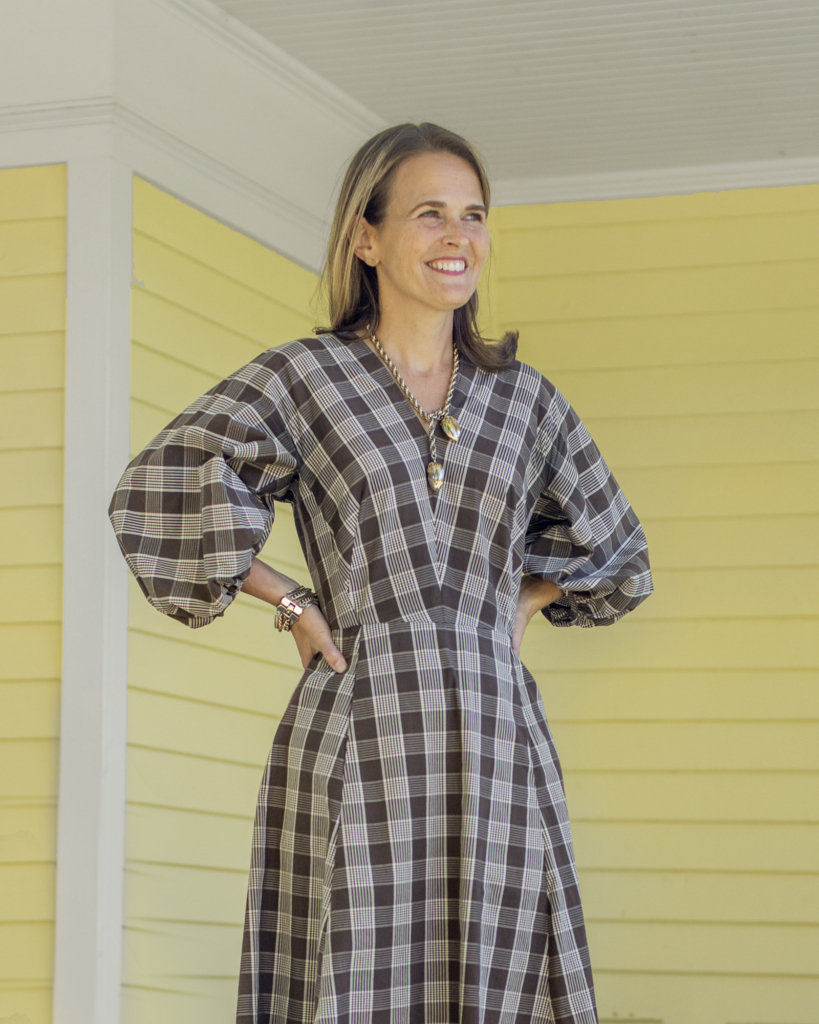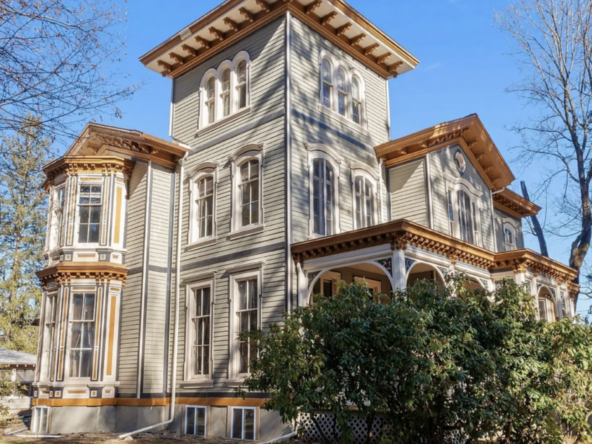CIRCA is delighted to welcome preservationist Kate Wood to The Magazine! Over her 25-year career, Kate has worn multiple hats, including real estate broker (she is one of our Featured Agents of longstanding), business owner (her firm, Worth Preserving, helps property owners design and complete rehabilitation projects), nonprofit leader, professor, and book author. Historic preservation is her deepest passion, underlying all aspects of her work and life. Drawing from decades of experience and evergreen curiosity about the past, present and future of buildings, she’ll be posting articles about once a month on topics of interest to anyone who has ever bought, sold, lived in or otherwise given pints of blood, sweat and tears to old houses.

The brief bio you’ll see at the end of her posts reads:
AUTHOR KATE WOOD grew up criss-crossing the country in the family’s Volkswagen Bus, visiting house museums, battlefields, Main Streets, and national parks. Today, she is an award-winning preservationist, real estate broker and principal of the full-service historic rehabilitation consulting firm, Worth Preserving. Kate believes in the essential value of old-building stewardship to sustain community character. For her, each property is a cause and each client a fellow advocate. She specializes in matching people with properties, skilled contractors, historic tax credits and other benefits to support top-tier rehabilitation projects.
CIRCA digs a little deeper with this Q&A:
How did you get your start in historic preservation?
I’ve gravitated towards old things for as long as I can remember. Growing up, I loved old movies, classic novels, historic house museums. It’s a relatively straight line from my mother, who was a history teacher, and my father, who worked in higher education, to my brothers (one an architect, the other a national park ranger) and me. Together, we worked on our 1927 Tudor-Revival house in New Jersey – paint and plaster dust were just part of everyday life.
I learned there was such a thing as “historic preservation” at age 17 when I opened a Newsweek magazine and saw an ad for The National Trust for Historic Preservation with an architectural elevation of Lyndhurst. I set my sights on attending Columbia University’s graduate program in historic preservation and, as an undergraduate, studied archaeology.
As much as I love getting my hands dirty, I get really excited during the planning and strategizing phase of a project – I start with the big picture, then work backwards to figure out the details. And so my first career in preservation was community-based advocacy to save landmarks in New York City. In that role, I talked and wrote a lot about old buildings, but I craved more hands-on projects. My husband, David, and I bought our first fixer-upper in New York’s Hudson Valley in 2007 and spent every weekend working on it for over a year. We did a few more projects together before I launched Worth Preserving in 2017.
Is your husband David still a partner in your preservation work?
I wish! David Sprouls is the president of the New York School of Interior Design. So, he’s more of an eminence grise. He has great design instincts, and I trust him to tell me when something I’m doing really doesn’t make sense. Sometimes I do it anyway.
What is Worth Preserving, and what are you working on now?
Worth Preserving is a full-service rehabilitation consulting firm that helps property owners strategize their projects, build their teams, and realize their visions. I’m waist deep in one of the most challenging projects I’ve ever worked on – the rehabilitation of an abandoned 1876 train depot in rural New York. The owner found me on Instagram! She liked my other projects and sensibility. She’s a great client because, like me, she listens, thinks, then leaps. It’s been very collaborative, with a lot of learning and mutual respect.
What’s most challenging about your current train depot restoration project?
I’ve rehabilitated “abandoned” buildings before – ones that have had no investment in repairs or updated infrastructure in decades. They needed new wells, septic systems, roofs, foundations, electrical and plumbing systems, sometimes even ground-up new additions. The depot is a different beast, though. First of all, it’s built up on piers – no basement, so where do you put all the mechanicals? I realized we needed a team that included an architect and structural engineer for starters (now our team includes an interior designer, historic timber framer, and more). The other major challenge was the volume of permits needed from multiple town and state agencies. It took over a year to go through the process, but we succeeded! And now we’re working on historic tax credits – stay tuned…
What’s your favorite part of practicing historic preservation?
Definitely the teamwork and constant learning. My favorite people are old house nuts who have deep knowledge and craft skills that they can use to judge the efficacy of modern materials and rehabilitation techniques. My instinct is not to introduce new products to an old structure unless necessary and only with a very clear understanding of building science.
Do you have a most beloved historic place?
History is all around us. It makes every place interesting and, if not always lovable, then compelling.



